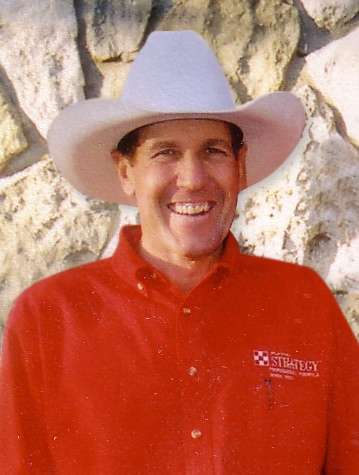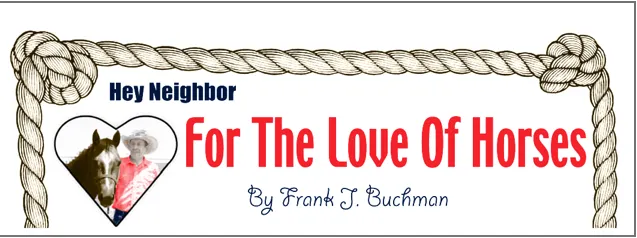As cold weather continues with forecasts for increasing blizzard conditions throughout winter, livestock hay needs increase.
University of Missouri Extension livestock specialist Gene Schmitz has provided thoughts for livestock producers to consider when feeding livestock.
“Test the hay,” Schmitz said. “This is the simplest, most cost-effective practice you can do,”
Sort hay supplies into quality groups and match the hay to nutritional needs of each group of livestock, he advised.
“Then feed appropriate supplement, if necessary, to each separate group based on nutritional needs and hay quality,” Schmitz continued.
“Reduce waste because poor feeding practices can result in hay wastage of more than 25-percent,” the specialist emphasized.
Cone-type hay feeders or tapered-bottom feeders greatly reduce hay waste, especially if they have a bottom skirt.
“If unrolling, limit the amount of hay being unrolled at a given time,” Schmitz recommended. “Unrolling more than one day’s feeding will substantially increase hay waste.”
It’s a bit late for this now, Schmitz said, but another substantial source of hay waste is how the hay is stored.
If covered hay storage is not a possibility, at least take measures to break soil-hay contact, the specialist urged.
Building rock pads or storing bales on pallets, tires, or other surface reduces waste on the bottom of the bale.
Producers who have pasture or crop residues to graze can divide fields into smaller areas with temporary fencing, Schmitz said.
“These are easy to move and can greatly extend the number of grazing days from a given area,” he continued. “Fencing to provide one to two weeks grazing is acceptable.”
There are limit-feeding options. With adequate-quality forage, limiting cow access to hay feeders can reduce waste while achieving acceptable performance.
“Twelve-hour access seems to be a good compromise between performance and waste reduction,” Schmitz said. “Do not attempt this without a hay test.”
Cows can be limit-fed a high-grain ration to meet energy needs with less feed, he noted. “Compare the cost of grain to hay on a per-unit-of-energy basis when considering this option,” Schmitz urged.
Some producers graze standing milo as an effective, lower-cost way to feed cows through the winter.
Be sure to know what bales weigh. “Let’s assume 1,200-pound bales can be purchased for $75 per bale, or $125 per ton,” Schmitz said “If transportation and feeding losses are 25-percent, this means only 900 pounds of each hay bale gets into the livestock. This increases hay cost to eight cents per pound or $167 per ton.”
If losses are cut to 10-percent, then 1,080 pounds of hay is consumed. “This reduces hay cost to just under 7 cents per pound or $140 per ton,” Schmitz said.
“Push the pencil very hard if buying high priced hay. It may be more beneficial in the long run to cull animals rather than purchase enough winter,” Schmitz said.
“This is not a one-size-fits-all option. So, figure operational costs and evaluate tax and other financial implications before making final decisions,”
+++30+++
CUTLINE
Big bale feeders help save hay to lowering cow winter feed costs.





